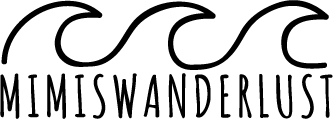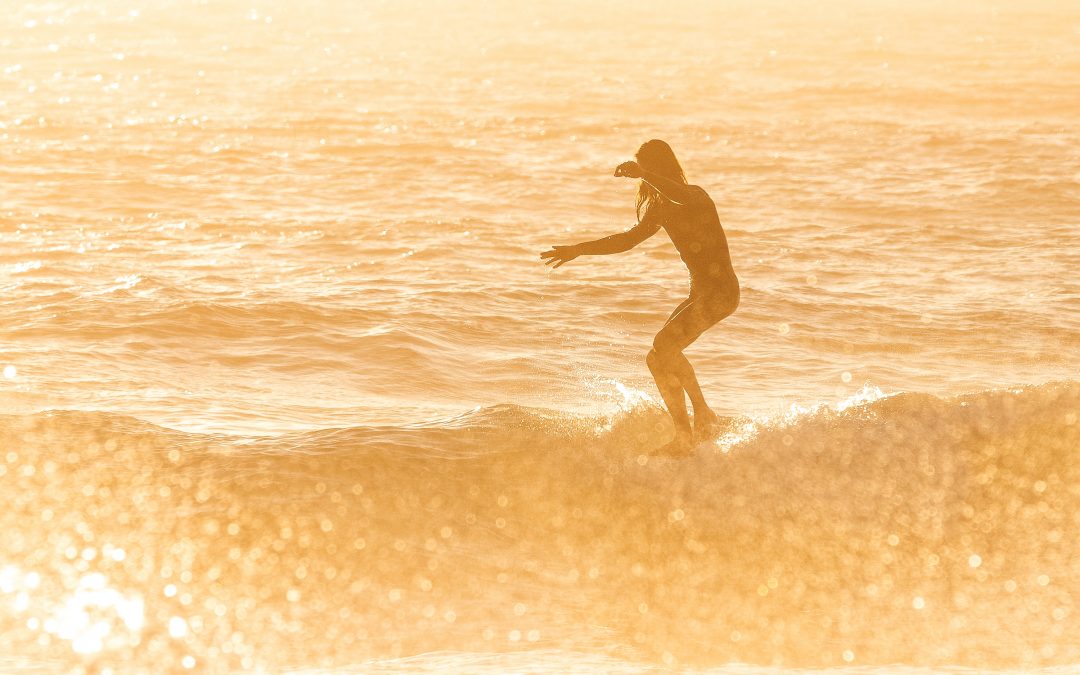I was diagnosed with diabetes mellitus when I was 11 and the thing is, usually I’m pretty okay with it. I’ve had it for almost twelve years after all, and you kinda have to learn to accept things after that much time. But when my diabetes tries to keep me from doing the things I love, like surfing and traveling, that’s when it turns into a problem. One I’ve had to work around countless times, and at times it’s seemed pretty much impossible. Chronic illnesses are frustrating at best, life threatening at worst. If you’re a bit like me however and letting your diabetes stop you from pursuing your passions is simply not an option, you might benefit from these little hacks that have helped me a lot over the years.
– This one is obvious; talk to your doctor beforehand and work out a suitable plan for your individual needs. This can depend on your form of insulin therapy, history, physical fitness, and even the location of your surf trip.
– Always surf with a buddy and quickly explain to them that you’re diabetic and what they can do to help you in case of emergency. (e.g. glucagon)
– Take snack breaks, that way you can check your blood sugar too. I wouldn’t recommend surfing for longer than 2 hours at a time.
– Lower your basal insulin A LOT.
– Accept the fact that your blood sugar will have to be a bit higher sometimes; I’ve paddled out with my sugar well into the 200 range and come out with 80, surfing can drop it a lot- Eat something with a decent amount of fat, protein and complex carbs beforehand. Obvious, but important: an apple won’t do the trick if you’re going in for hours. Something like a good sandwich, smoothiebowl with peanut butter or poke bowl will keep your blood sugar stable for much longer. Just don’t overeat to a point where you risk drowning 😉
– Measure your blood sugar a lot and just see how you personally respond to that level of intense activity. Measure it a few hours before, then right before paddling out to see the ‚trend‘; if it’s dropping, eat more. Then measure afterwards to see how much your blood sugar is impacted and adjust your ‚insulin plan‘ accordingly. Like all forms of intense exercise, your blood sugar will be affected for hours after, so take that into account too.
– Check out the spot and figure out the fastest and easiest possible way to get back to shore or the boat in case of a hypoglycemia. Are there strong currents? Rocks? Shallow reefs?
– If you’re taking a boat out and it stays near the break, I usually just bring some food in a dry bag and leave it on the boat. If it doesn’t, be extra careful: try wearing a little fanny pack with liquid sugar packets. it’s uncomfortable but your health and wellbeing comes first!
– Consider switching to MDI (multiple daily doses of insulin) as pumps are just really inconvenient. If you don’t want to take a pump break, you can keep yours in place using waterproof tape.
– Make sure you pay attention and notice a hypoglycemia in time, the adrenalin of catching a wave can mask the signs you would usually feel like dizziness etc. One of the perks of surfing compared to other water sports like diving is that you won’t constantly be submerged in water, which can cause your blood sugar to drop even more rapidly. Still be careful however! Taking a quick, potentially life saving break to check your blood sugar will not cost you the wave of your life.
Have fun, be safe,
love,
Mira

